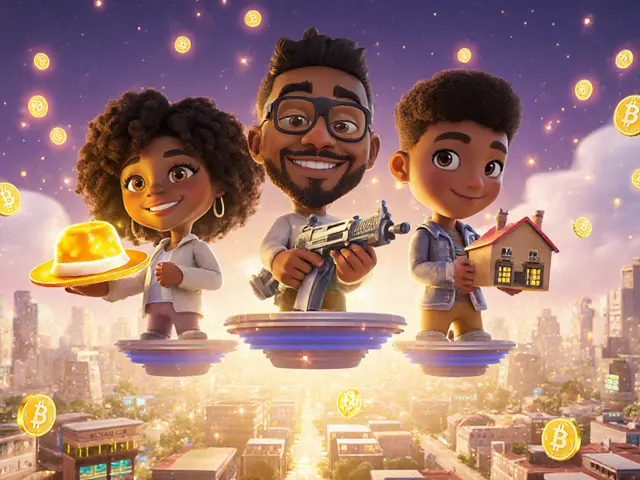Digital Currency Exchange: What It Is and Which Ones to Trust in 2025
When you use a digital currency exchange, a platform where you can buy, sell, or trade cryptocurrencies like Bitcoin, Ethereum, or niche tokens. Also known as a crypto exchange, it’s the gateway between your wallet and the open market. But not all exchanges are created equal—some are regulated, others are ghost sites with fake volume, and a few are outright illegal in your country.
A crypto exchange, a service that connects buyers and sellers of digital assets, often with order books and trading pairs. Also known as a cryptocurrency exchange, it can be centralized like Binance or decentralized like WOOFi isn’t just a website—it’s a financial infrastructure. Some require KYC, others don’t. Some lock your funds, others let you keep control. Some support 100 coins, others only five. And in places like China, India, or Thailand, using the wrong one could mean fines, frozen accounts, or worse.
Then there’s the DeFi exchange, a non-custodial platform that runs on smart contracts, letting you swap tokens without a middleman. Also known as a DEX, it’s how traders avoid fees and censorship. Platforms like WOOFi and Sovryn let you trade across blockchains with low slippage, no sign-up, and no bank account. But they’re not for beginners—mistakes here can cost you everything. Meanwhile, platforms like SparkSwap or DXBxChange might look legit, but one click could lead to a dead contract or a vanished team.
What you’ll find below isn’t a list of every exchange ever made. It’s a curated collection of real, tested, and sometimes dangerous platforms—some still alive in 2025, others buried under lawsuits or scams. You’ll see how Thai users are forced onto local platforms, how Indian traders avoid banned apps, and why Swiss licensing matters more than hype. You’ll learn why CanBit, Sovryn, and WOOFi get real user trust, while others vanish overnight. And you’ll see how a single airdrop or whale withdrawal can flip a coin’s price overnight. This isn’t theory. It’s what people are actually doing right now—where they’re trading, where they’re losing money, and where they’re still winning.



